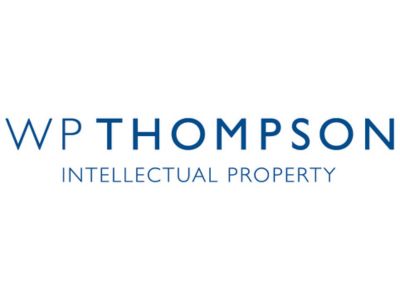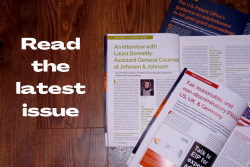The European Patent Office (EPO) recently announced a revised fee structure that will allow applicants who are deemed to be ‘microenterprises’ to receive a 30% reduction on many of the EPO’s official fees. The new fee structure intends to promote access to the European patent system for small and medium-sized companies that have limited patent experience, irrespective of their nationality or domicile.
Fees reduced
The reduction applies to many official EPO fees, including:
- Filing fee (and any additional fees relating to the filing fee)
- Search fee
- Examination fee
- Designation fee
- Grant fee
- Renewal fees.
The 30% reduction applies to both directly filed European patent applications and International (PCT) applications entering the European regional phase. This could provide a further reduction in the examination fee for those PCT applications in which the international preliminary examination report was drawn up by the EPO.
Criteria
There are certain criteria that all applicants must meet before they are considered eligible for the 30% fee reduction. These are:
- All applicants must be considered either a microenterprise, a natural person, a non-profit organization, a university, or a public research organization; and
- All applicants must have filed fewer than five European patent applications in the last five years.
The EPO has adopted the definition of ‘microenterprise’ from Article 2, Paragraph 3 of the Commission Recommendation 2003/361/EC of 6 May 2003 as published in the European Union’s Official Journal (L 124 of 20 May 2003, p. 36) in Annex 2. In summary, a microenterprise must have:
- Fewer than 10 employees; and
- An annual turnover of less than EUR 2,000,000.
Importantly, this definition does not include the size of linked or partner enterprises.
The EPO has defined non-profit organizations as “organizations which, by virtue of their legal form or statutes, are not permitted under the relevant law to be a source of income, profit or other financial gain for their owners, or, where they are permitted to make a profit, there is a legal or statutory obligation to reinvest the profits made in the interest of the organization.”
Public research organizations are defined as “entities such as universities or research institutes that are organized under public law and which, irrespective of the way they are financed, have as their primary goal the conduct of fundamental research, industrial research or experimental development and the dissemination of the results by way of teaching, publication or technology transfer. All profits must be reinvested in carrying out these activities, in the dissemination of the results, or in teaching.”
Previous application limit
The EPO considers applicants who have filed five or more previous European patent applications in the five years prior to any new application(s) to be “experienced” enough not to require financial support measures to use the European patent system.
To that end, any applicant who has filed five or more applications in the five years preceding any new application(s) will not be eligible for the reduction. However, we note that applications filed before the five years preceding any new application will not be counted towards this limit.
Additionally, if there are multiple applications filed on the same day, each application is considered in turn and once the previous number of applications filed reaches five, the cap will be considered to have been met.
Comment
In our experience, costs are often the primary consideration of smaller applicants when determining patent prosecution strategy. A reduction of 30% of some of the EPO’s official fees represents a significant cost saving. Therefore, we expect that this scheme will increase the appetite for applicants to file at the EPO. However, the scheme will increase the complexity of the fee structure at the EPO, and there may be instances that require a review of the eligibility of applicants. It remains to be seen if there are any negative consequences for applicants who have relationships with larger entities that may not meet the eligibility criteria.

Written by Martin Arnold
European Patent Attorney, WP Thompson
You may also like…
Pravin Anand conferred with the APAA Enduring Impact Award
Pre-eminent IP Lawyer and Managing Partner of Anand and Anand, Mr Pravin Anand, has been conferred with the...
The quiet power of confidentiality clubs in SEP litigation
In standard essential patent (SEP) disputes, especially those involving FRAND (Fair, Reasonable, and...
A $10 million patent win reduced to a $1 lesson in damages
In a decision that will resonate as a stark warning to patent litigants, the US Court of Appeals for the Federal...
Contact us to write for out Newsletter














